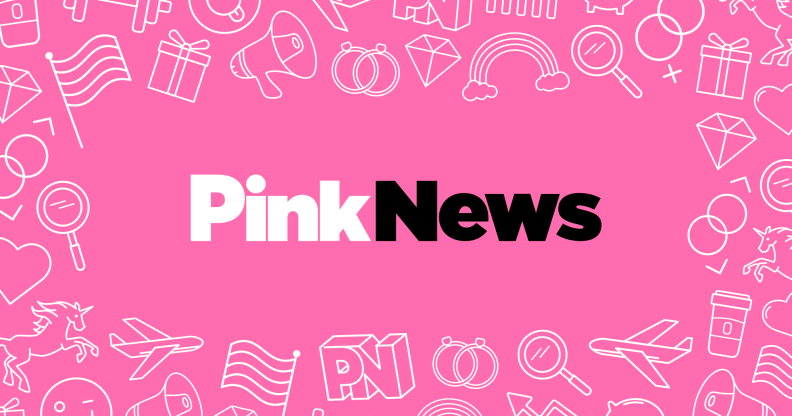UK government-funded study: Replace Ladies and Gents signs with ‘Toilets With Urinals’

A study funded by the UK government exploring “toilets as political spaces” suggests men’s and women’s bathroom signs should be replaced with gender-neutral descriptors.
The Arts and Humanities Research Council had granted £50,000 in funding for the Sheffield Hallam University ‘Around The Toilet’ study.
Published last month, the study looked at fears that separating toilets into ‘Gentlemen’ and ‘Ladies’ is “out-dated and discriminatory”.
Education and Disability Studies researcher Dr Jenny Slater, who headed the study, said: “We have much anecdotal evidence that suggests there is a lack of suitable facilities for our diverse population.
“Toilets may seem a frivolous subject but they are at the heart of important discussions about how we understand our own identities.
“The starting point for us is to explore how disabled people and those identifying as trans, gender-queer or non-binary are treated in modern society.”
The study states: “We propose here that some of the more radical work being done around toilets as political spaces which intersect with notions of identity, embodiment and becoming, could and should be infiltrating the currently very ‘normative’ planes of school toilet studies.
“Participants thought it was important for others to not judge people’s choice of toilet, but to allow people to use whichever space was accessible for them (‘accessible’ being used in the broadest sense of the word).
“This would mean critically considering the signage on toilet doors in order to understand how toilets do not just illustrate categorisation by gender, disability (and historically, race), but also actively produce such categories.
“A suggestion from participants was to write on the toilet door the contents of the toilet cubicle, e.g. toilets with urinals, toilets without urinals, larger toilet with grab bars.”
It adds: “In one workshop participants created their ‘ideal’ toilet space out of large pieces of corrugated card. During this activity, two participants, both of whom identify as disabled and trans, together made two toilet cubicles sitting side-by-side.
“Both of these toilets were gender neutral, there was a sign that read ‘free public loo’, and two additional signs reading ‘smaller toilet’ and ‘bigger toilet’.
“‘Bigger’ and ‘smaller’ signs were chosen over the wheelchair symbol often seen on the accessible toilet, and the ‘bigger toilet’ sign included additional writing: ‘Bigger Toilet. No toilet policing! Please use this toilet if you need to and do not question if others need to’.”

